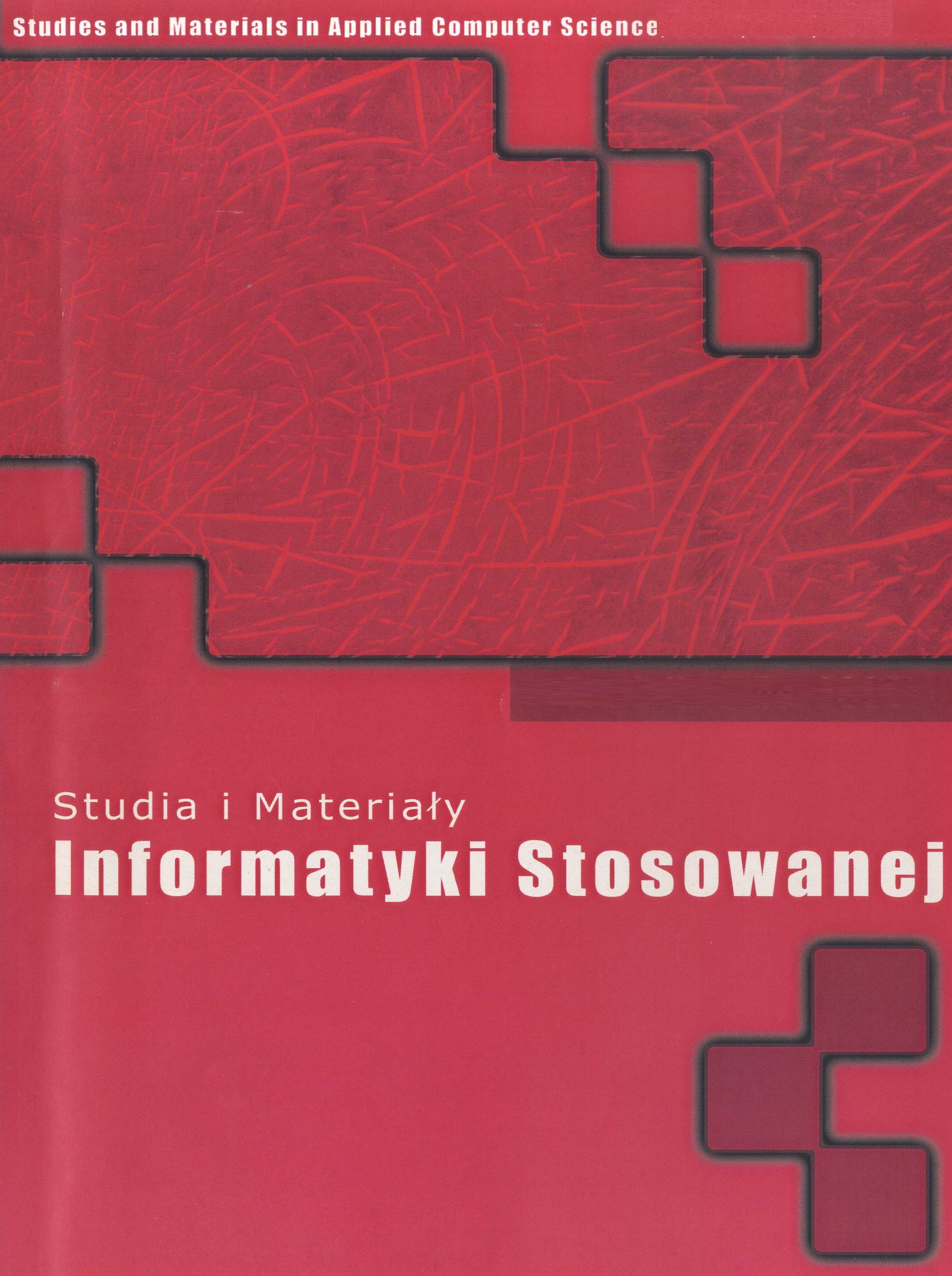Significance of condition attributes in child well-being analysis
DOI:
https://doi.org/10.34767/SIMIS.2011.04.01Słowa kluczowe:
Child well-being quality measurement, attribute selection.Abstrakt
In this study the significance of attributes in child well-being is presented. The main goal was to find features most specific for child-well being evaluation in Poland. The dataset was obtained from a survey based on a special questionnaire. To select important attributes three filter for individual attribute rank were used χ2 , information gain and relief attribute evaluator and one filter-subset selector based on rough set theory. In the article the dataset is described in details. All the attributes are named, divided by category and for each a domain is given. Then methods of attribute selection applied in experiments are presented. Finally results on selecting attributes relevant for child well-being are discussed.
Bibliografia
Adamus E., Klęsk P., Kołodziejczyk J., Korzeń M., Piegat A. and Pluciński M.: Rules induction on child well being. Metody Informatyki Stosowanej, pp. 5-10, no. 4, 2010.
Bouckaert R.R., Frank E., Hall M., Kirkby R., Reutemann P., Seewald A. and Scuse D.: WEKA Manual for version 3.6.0. University of Waikato, Hamilton, New Zealand, 2008.
Cichosz P.: Learning systems. Wydawnictwa Naukowo-Techniczne, Warszawa, 2000 [in Polish].
Hall M.A., Holmes G.: Benchmarking Attribute Selection Techniques for Discrete Class Data Mining. IEEE Trans. on Knowl. and Data Eng., pp. 1437-1447, vol. 15, no. 6, 2003.
Pawlak Z.: Rough Sets. International Journal of Computer and Information Sciences, pp. 341-356, vol. 11, no. 5, 1982.
Sen A.K.: Capability and Well-Being, pp. 30-54. The Quality of Life. Clarendon Press, Oxford, 1993.
Shen Q., Jensen R.: Rough Sets, their Extensions and Applications. International Journal of Automation and Computing, pp. 100-106, 04(1), 2007.
Wang X., Yang J., Teng X., Xia W., Jensen R.: Feature selection based on rough sets and particle swarm optimization. Pattern Recognition Letters, pp. 459-471, no. 28, 2007.

